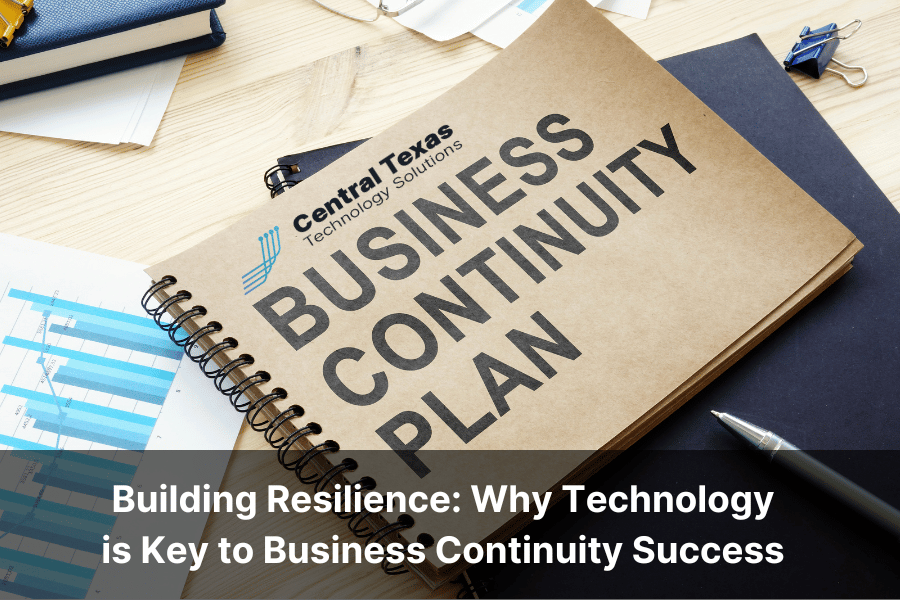
In today’s fast-paced world, businesses face an array of challenges that threaten their ability to stay operational. From natural disasters to cybersecurity breaches, unforeseen events can disrupt operations in an instant. The key to overcoming these challenges lies in a robust business continuity plan, and at the heart of such a plan is technology.
Whether you’re managing data, safeguarding critical systems, or enabling remote work during crises, leveraging the right tools and technology is essential to ensure uninterrupted business operations.
The Role of Technology in Business Continuity
Technology has transformed how businesses prepare for and respond to disruptions. Gone are the days of paper backups and manual recovery processes. Today, digital tools and advanced infrastructure empower businesses to protect their assets and remain functional even during the most challenging circumstances.
Here’s why technology is indispensable for business continuity:
- Data Protection and Recovery
Cloud computing and data backup solutions ensure your business-critical data is safe, accessible, and recoverable. By storing data in secure offsite locations, you minimize the risk of loss due to local disasters or hardware failures. - Real-Time Communication
Tools like Microsoft Teams and Slack allow employees to stay connected during disruptions. These platforms provide seamless communication, enabling teams to collaborate from anywhere in the world. - Remote Work Enablement
Virtual desktops and cloud-based applications ensure employees can access the systems they need to work efficiently, even if they’re away from the office. - Proactive Risk Management
Advanced monitoring tools detect potential threats before they escalate. From cybersecurity alerts to server health checks, technology keeps your business one step ahead.
Key Technology Tools for Business Continuity
Implementing the right technology stack is critical for a solid business continuity plan. Below are some essential tools and solutions:
- Cloud-Based Backup and Disaster Recovery Solutions
Examples: Microsoft Azure Backup, Acronis, or Carbonite.
These services automatically back up your data and ensure quick recovery in case of failure. - Collaboration Platforms
Examples: Microsoft Teams, Zoom, or Google Workspace.
These tools keep your team connected and productive during a crisis. - Cybersecurity Measures
Examples: Endpoint protection software, firewalls, and multi-factor authentication.
Cyberattacks can cripple a business, but the right security measures can mitigate the risk. - Business Continuity Management Software
Examples: Fusion Framework, Onspring, or Everbridge.
These platforms help you design, implement, and test your continuity plans effectively.
How to Build a Technology-Driven Business Continuity Plan
To ensure your business is resilient in the face of disruptions, follow these steps:
- Assess Your Risks
Identify the key threats to your operations, such as natural disasters, cyberattacks, or supply chain issues. - Define Critical Systems
Determine which systems and processes are essential to your business’s survival. - Invest in Technology Solutions
Choose tools that align with your business needs and can scale as your organization grows. - Test Regularly
Run simulations to identify gaps in your plan and ensure your technology solutions perform as expected. - Train Your Team
Ensure your employees are familiar with the tools and processes required during an emergency.
Why Businesses Without a Continuity Plan Fail
Businesses that fail to prioritize business continuity often suffer devastating consequences. Downtime can lead to lost revenue, damaged reputation, and loss of customer trust. By contrast, companies with robust continuity plans backed by technology can:
- Maintain operations during disruptions.
- Build trust with customers and stakeholders.
- Recover faster and emerge stronger from crises.
FAQ About Business Continuity
1. What is the most important aspect of business continuity?
The most critical aspect of business continuity is ensuring that your business can maintain essential functions during and after a disruption. Technology, especially data backups, remote work solutions, and communication platforms, plays a vital role in achieving this.
2. How often should I test my business continuity plan?
You should test your business continuity plan at least annually. Regular testing ensures that your technology solutions are effective and that your team is prepared to execute the plan when needed.
3. Can small businesses afford technology for business continuity?
Yes! Many technology solutions, such as cloud backups and collaboration tools, are scalable and affordable for businesses of all sizes. Investing in these tools can save small businesses significant costs in the event of a disruption.
Contact CTTS today for IT support and managed services in Austin, TX. Let us handle your IT so you can focus on growing your business. Visit CTTSonline.com or call us at (512) 388-5559 to get started!
